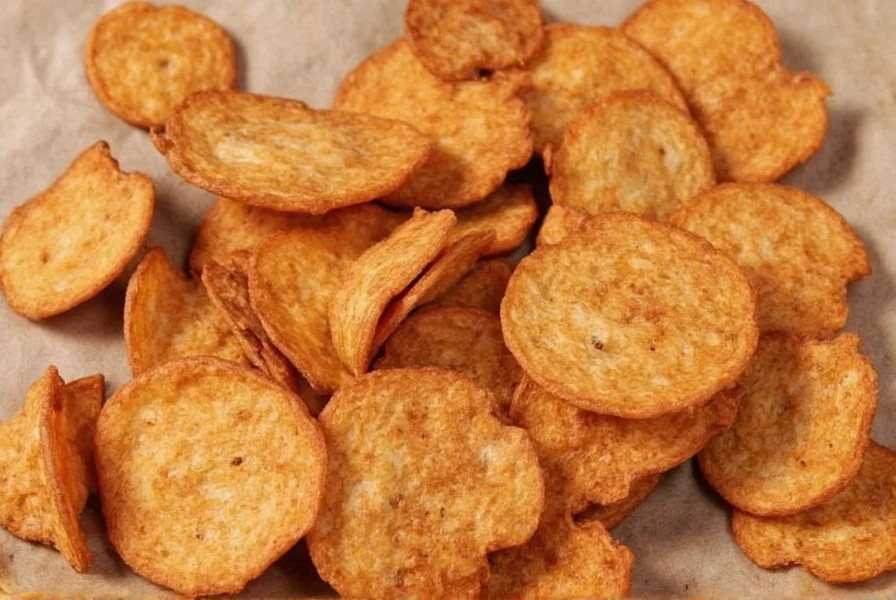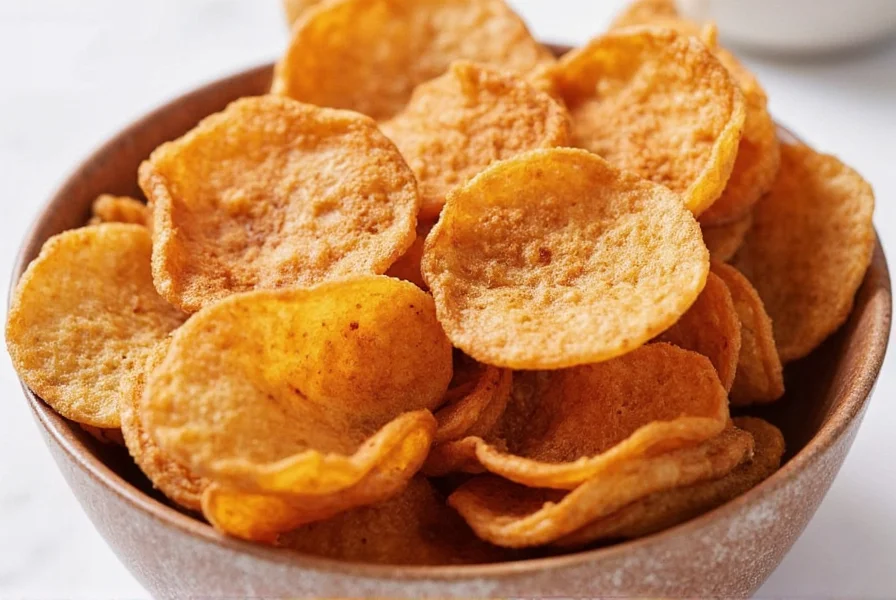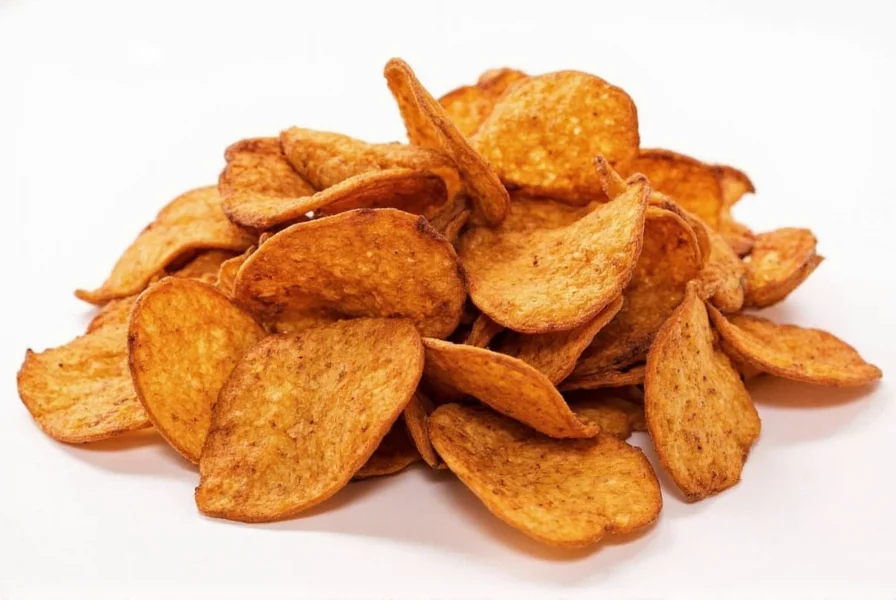Cinnamon chips represent a specialized ingredient that often causes confusion among home cooks and baking enthusiasts. Unlike the misconception of cinnamon-flavored snack chips, authentic cinnamon chips consist of carefully shaved cinnamon bark pieces that deliver intense flavor without the grittiness of ground cinnamon. These delicate curls or shards maintain their structure during cooking, making them ideal for specific culinary applications where texture matters.
Understanding Cinnamon Chips: Beyond the Confusion
Many shoppers mistakenly search for cinnamon chips expecting a snack product similar to potato chips with cinnamon flavoring. This confusion stems from the term "chips" typically referring to thin, crispy snack foods. However, in professional culinary contexts, cinnamon chips specifically denote processed cinnamon bark pieces. The difference between cinnamon chips and cinnamon sticks lies in their preparation: chips are shaved from the outer bark layer, while sticks (quills) consist of rolled inner bark.

Culinary Applications of Cinnamon Chips
Chefs and experienced bakers prefer cinnamon chips for specific applications where ground cinnamon would create undesirable texture. When using cinnamon chips in baking, they excel in:
- Infusing liquids like syrups, creams, and dairy without requiring straining
- Adding visual appeal to desserts as a garnish
- Providing controlled cinnamon flavor in slow-cooked dishes
- Creating artisanal chocolates with embedded cinnamon pieces
- Enhancing specialty coffee and tea blends
The cinnamon chips culinary uses extend beyond traditional baking. Mixologists incorporate them into craft cocktails for aromatic complexity, while artisanal ice cream makers use them to create distinctive flavor pockets. Unlike ground cinnamon, which disperses evenly, cinnamon chips deliver concentrated flavor bursts where they remain intact.
Sourcing Authentic Cinnamon Chips
Finding genuine cinnamon chips requires knowing where to look, as they're not typically stocked in standard grocery stores. Your best options for where to buy cinnamon chips include:
| Source | Availability | Quality Considerations |
|---|---|---|
| Specialty spice shops | Year-round | Highest quality, often Ceylon variety |
| Online gourmet retailers | Year-round | Variety of options, check reviews |
| Local farmers markets | Seasonal | May find artisanal producers |
| International markets | Variable | Often more affordable, check freshness |
When purchasing, look for chips that maintain their reddish-brown color without dark spots, indicating freshness. Properly stored cinnamon chips should retain their aromatic oils for 12-18 months.
Creating Homemade Cinnamon Chips
If commercial cinnamon chips prove difficult to find, you can make homemade cinnamon chips with basic kitchen tools. The process requires patience but yields superior results to store-bought alternatives:
- Select high-quality cinnamon sticks (quills), preferably Ceylon variety
- Using a vegetable peeler, carefully shave thin layers from the sticks
- Allow shavings to air-dry for 24-48 hours until crisp
- Store in an airtight container away from light and moisture
This homemade cinnamon chips recipe produces delicate curls that maintain their structure better than machine-processed commercial versions. The key to success lies in the thickness of your shavings—too thick and they won't crisp properly, too thin and they'll become brittle.
Substitutes and Storage Considerations
When cinnamon chips aren't available, understanding appropriate cinnamon chips substitutes becomes essential. While not identical, these alternatives can work in a pinch:
- Cinnamon sticks broken into small pieces - Provides similar infusion properties but requires removal before serving
- High-quality ground cinnamon - Use 1/2 the amount of chips called for in recipes
- Cinnamon extract - Ideal for liquid applications where texture isn't important
Proper storage significantly impacts cinnamon chips shelf life. Keep them in an airtight container in a cool, dark place. Exposure to light, heat, or humidity causes rapid degradation of the essential oils that provide cinnamon's distinctive flavor and aroma. For extended storage, consider freezing in vacuum-sealed packages.

Maximizing Flavor Impact in Your Recipes
To get the most from cinnamon chips culinary applications, consider these professional techniques:
- Infuse dairy products by heating chips with milk or cream, then straining
- Add to cookie dough during the final mixing stage to prevent breakage
- Create cinnamon-infused sugar by storing chips with granulated sugar
- Use as a decorative element on finished desserts for visual appeal
- Grind slightly for recipes needing partial texture with more even distribution
Understanding the cinnamon chips vs cinnamon sticks distinction helps determine which form works best for specific recipes. Chips excel when you want visible cinnamon elements that dissolve partially during cooking, while sticks work better for long infusions where complete removal is possible.











 浙公网安备
33010002000092号
浙公网安备
33010002000092号 浙B2-20120091-4
浙B2-20120091-4